The second day of the California Farm Water Coalition Tour dawned with beautiful clear skies! This was the day we were touring the Coachella Valley and while the weather was lovely to begin with, we worked hard to stay ahead of the rain!
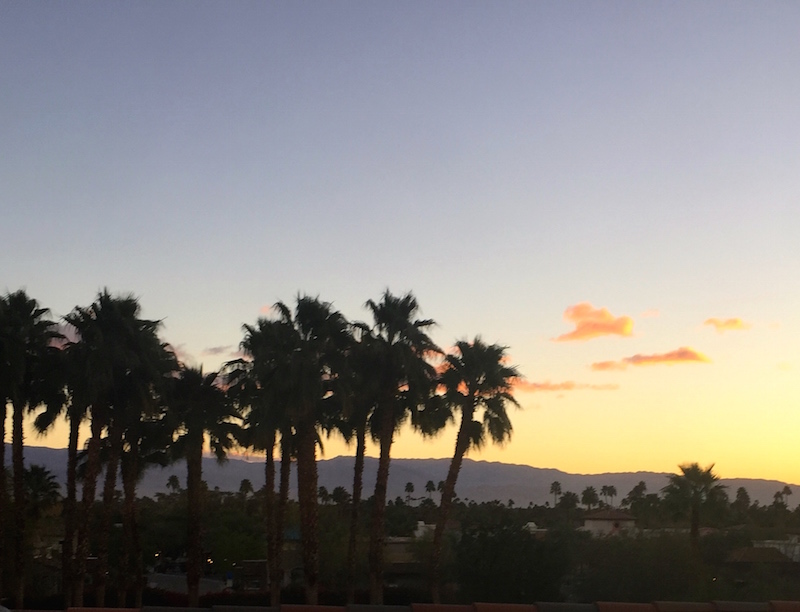
At our first stop, we met Ellen Way, Past State President of the California Women for Agriculture/Coachella Valley Chapter! She took us on a tour of Primetime Farms. With her, we saw not only artichokes, carrots, fig trees and baby bell peppers, but she shared a lot more information about Agriculture in California!
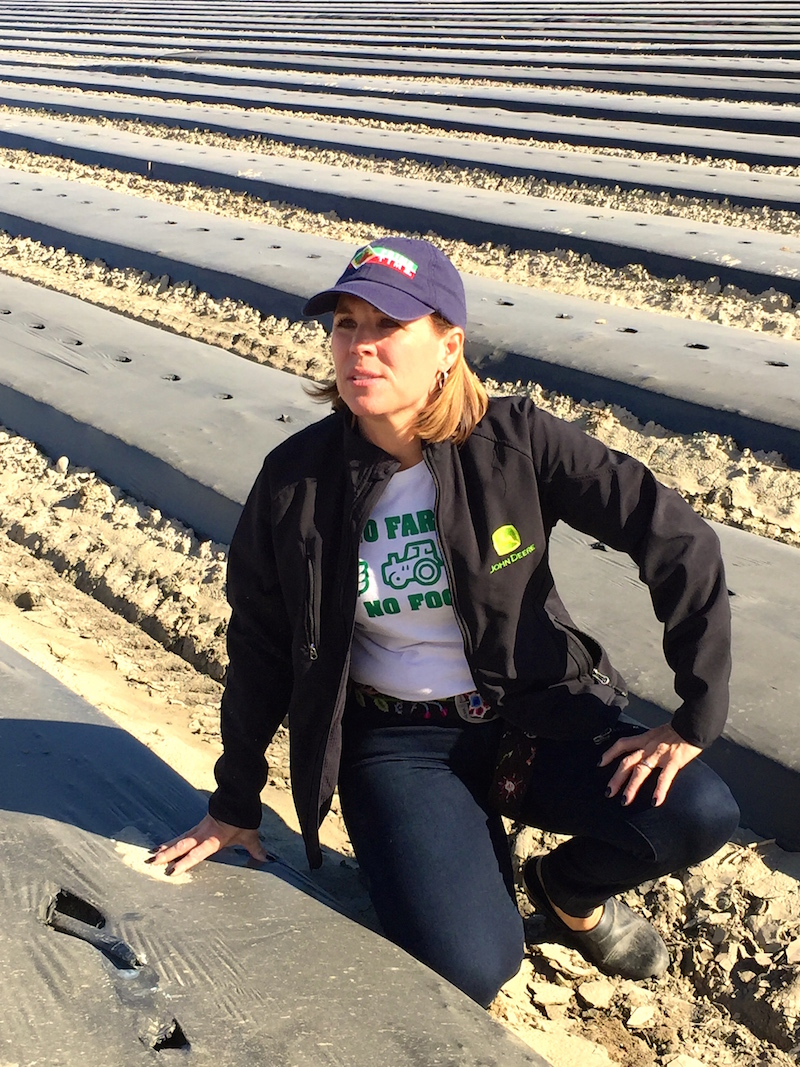
Ellen has been farming all her life. Did you know 100 years ago, over 80% of the population were farmers? Today only 2% of the population of the United States are farmers. Two percent of the people, working hard to feed the rest of us! That’s just crazy! Without farms (or water to grow things on the farms) we’d have no food. Nearly 700,000 acres of California Farmland were fallowed (not farmed) in 2014 because of the drought here in our state. One acre of celery along, produces 287, 600 servings of celery. 179,900 servings of fresh carrots or 182,880 servings of lettuce. That’s a lot of food not being able to be grown. It’s not just California who suffers either, it’s the entire nation! California farmers are the leading source for about half of our country’s fresh fruits, nuts and vegetables. For many crops, California produces more than any other state. 95% of nectarines are grown in California. 97% of Plums, 97% of Kiwi Fruit, 91% of grapes, 95% of broccoli and 88% of avocados. Imagine what would happen if those things disappeared from your grocery stores? Hard to think about, isn’t it?
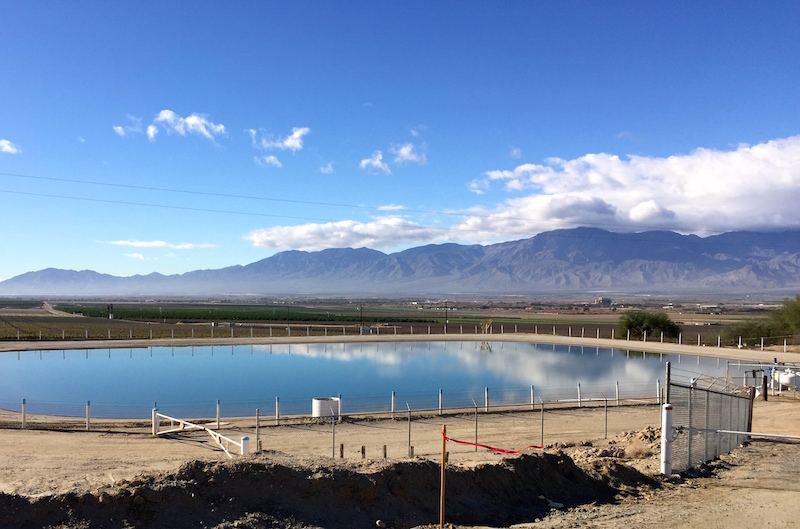
How are California Farmers handling both the drought and limited water, yet still producing food for a nation? They are getting creative! This is one of the many reservoirs we saw on our trip. This reservoir is responsible to help water over 500 acres of farmland. The water for this reservoir comes from the All American Canal, located just steps away.
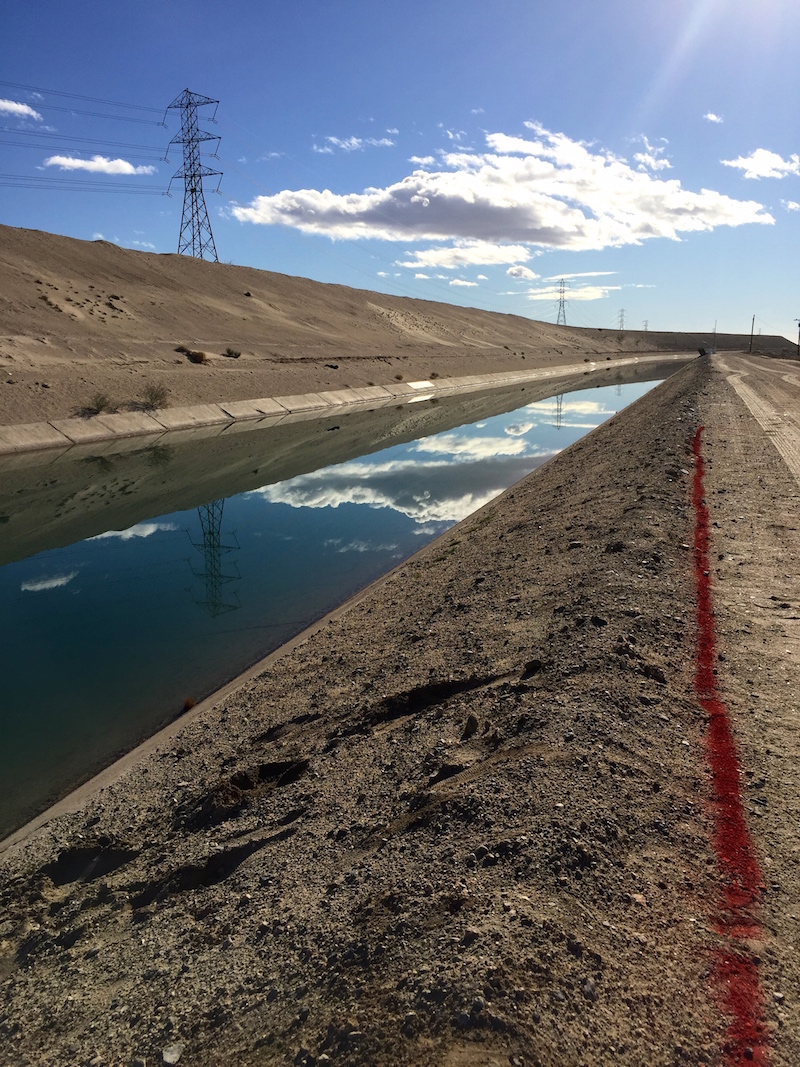
The All American canal is 80-miles long and brings water from the Colorado River into the Imperial and Coachella Valley. All the farmers in California have a yearly water allotment. When farmers request water from their local water districts, it’s moved from the canals, into local channels, then to the reservoirs so farmers can use it for their crops. All of this water movement is carefully measured and monitored to be precise. Everyone, from the irrigation districts to the channel masters to the farmers, double check each other for accuracy. That’s how important water is to what they’re doing!
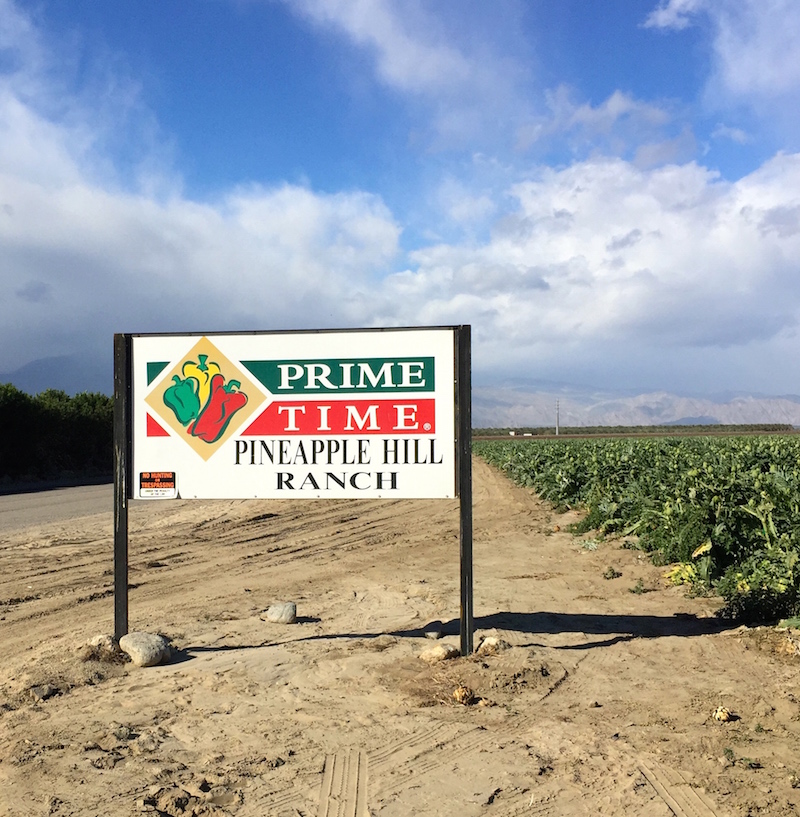
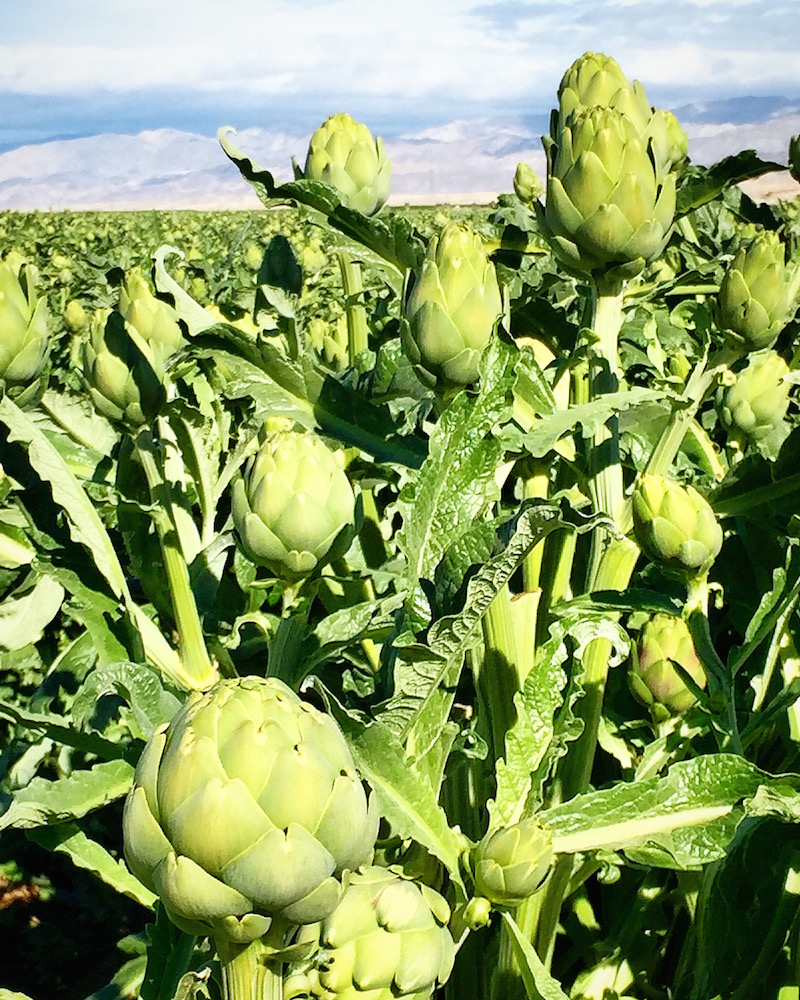

At Primetime Farms, they have 50 thousand acres of land. With proper crop rotation and planning, they can do 2 plantings per year. They grow everything from peppers to carrots to seedless watermelon to table grapes. 80% of their land uses drip irrigation. Drip irrigation gives them better control over the water, but does very little to replenish the aquifer beneath the land.
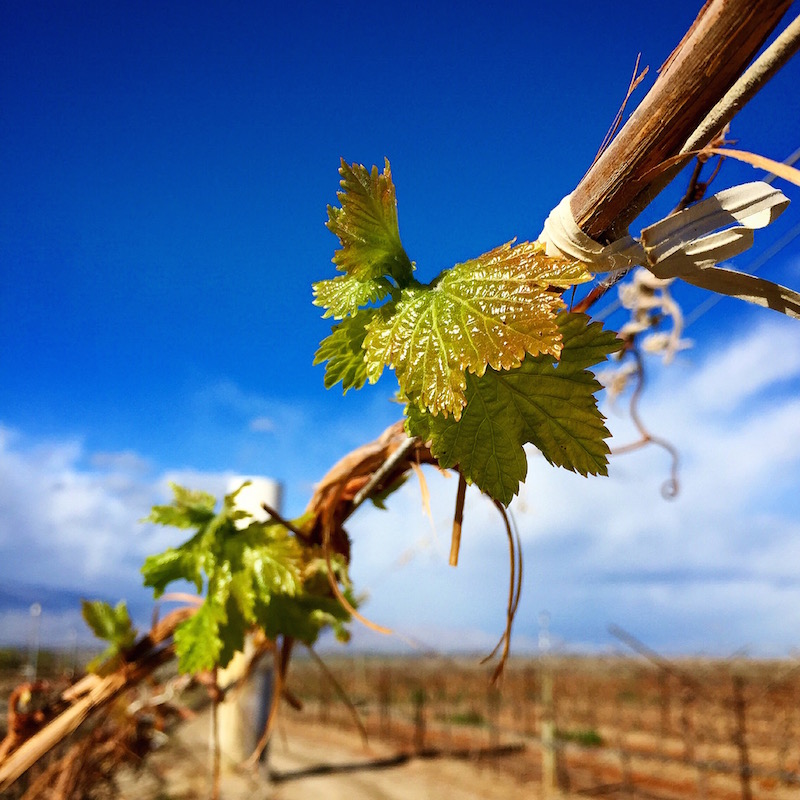
These little buds are the beginnings of seedless grapes that will be in stores in the spring. They use an open-trellis system on the farm to get better color on the grapes. It’s exciting to see new life bursting from the fields!
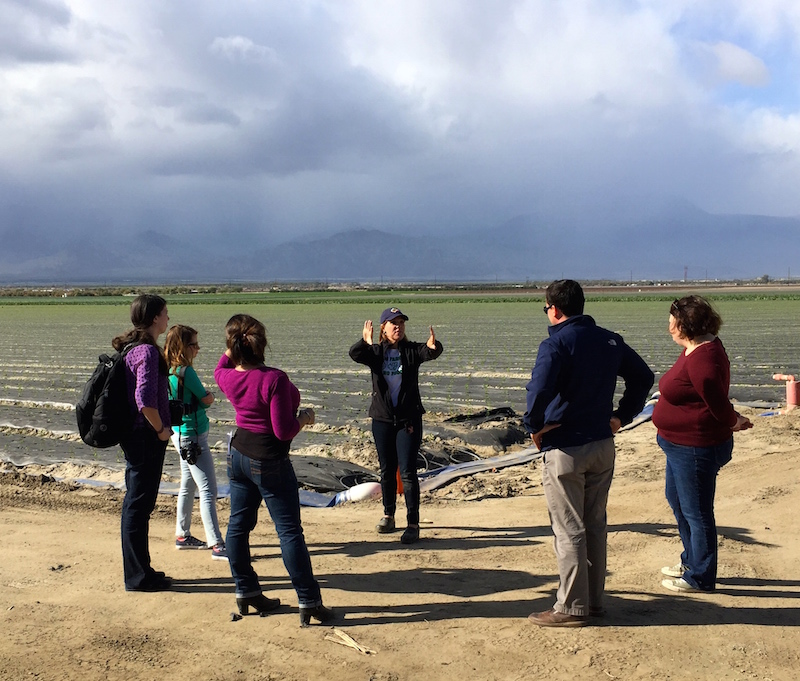
Here, Ellen is telling us more about how water flows through the crops. The land behind her is planted for bell peppers. The huge clouds behind her, were our future rainstorm! Something else I learned while on this trip; farmers don’t like rain. You’d think they’d be happy for a storm blowing in and bringing more water, but in actuality it is disruptive to what they’re doing.
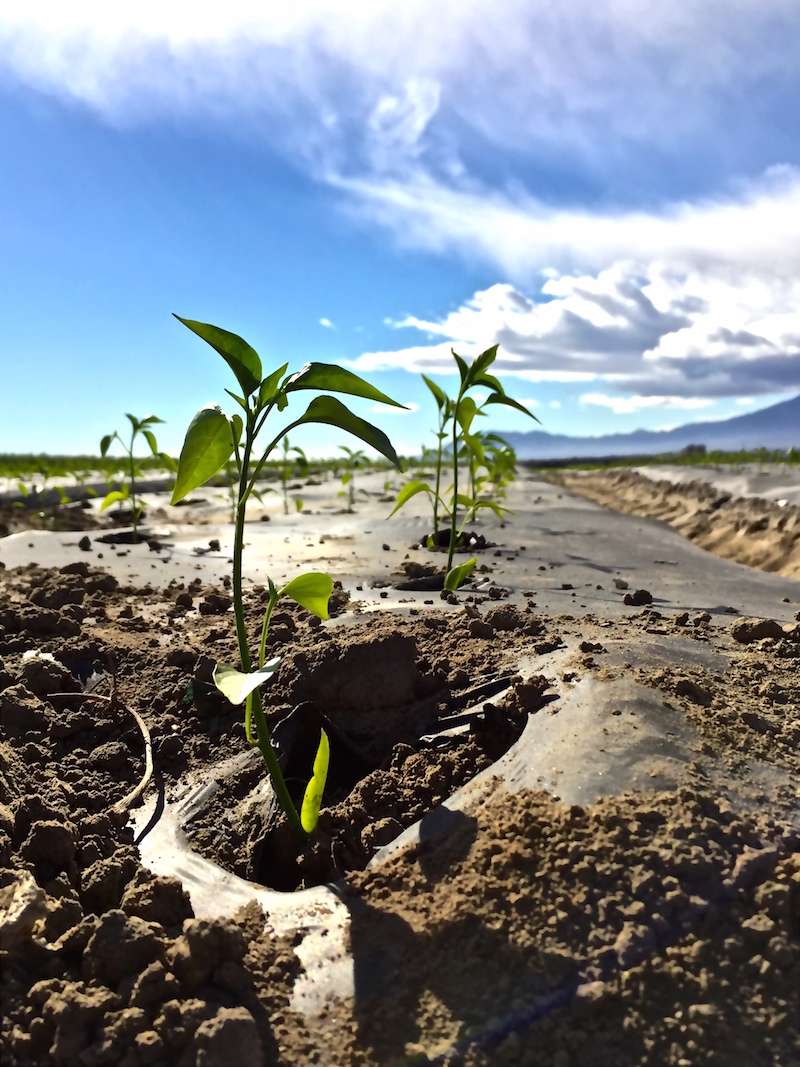
Crops are planted in such a way that farmers can harvest mature plants every week. When the rain comes, they can’t harvest, which sets them back and occasionally, hard rains can even ruin tender young crops. Neither option is good! Weather everywhere effects farmers. When there is a blizzard on the East Coast, it means food can’t be shipped, so produce sits longer. Also, not a good option!
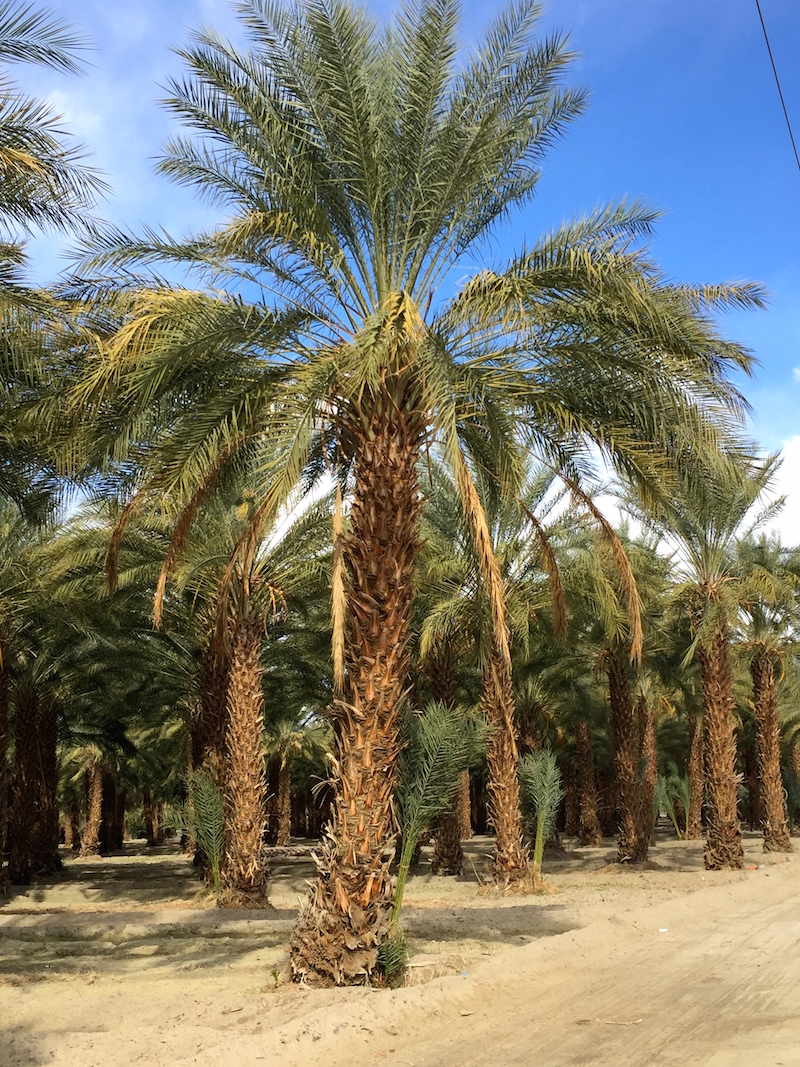
California grows nearly 100% of all the dates for the nation. They are ALL grown right here in the Coachella Valley. Date “Gardens” (they aren’t called farms) can be seen everywhere. They use technology from Israel to help maintain these trees. Which makes sense! Israel uses advanced technology to help produce fertile farms (gardens?) in the middle of a desert. The same techniques apply to this region.
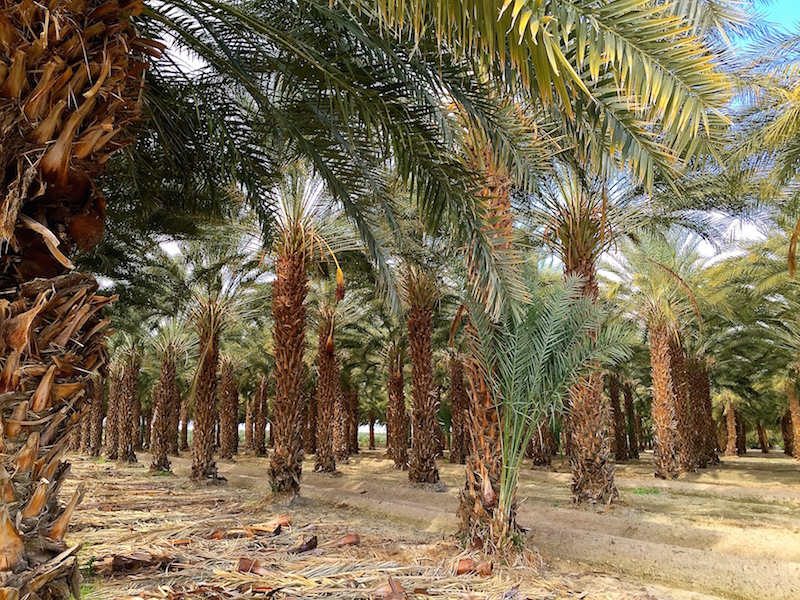
Date trees can only be harvested once a year and all the trees are hand pollinated. Let me say that again: all the trees are hand-pollinated! This means workers must go up and down each tree at least eight times during the season. They climb the male trees to extract pollen, put the pollen into little ‘puffers,’ then climb the female trees and actually puff the pollen on each bud to ensure a fruitful harvest. That’s a lot of ladders and a lot of time invested in creating dates for the nation.
After we left Ellen, we headed to Sea View Ranch to meet with Dennis Jensen, who taught us how he uses water and about the different citrus trees on his farm!
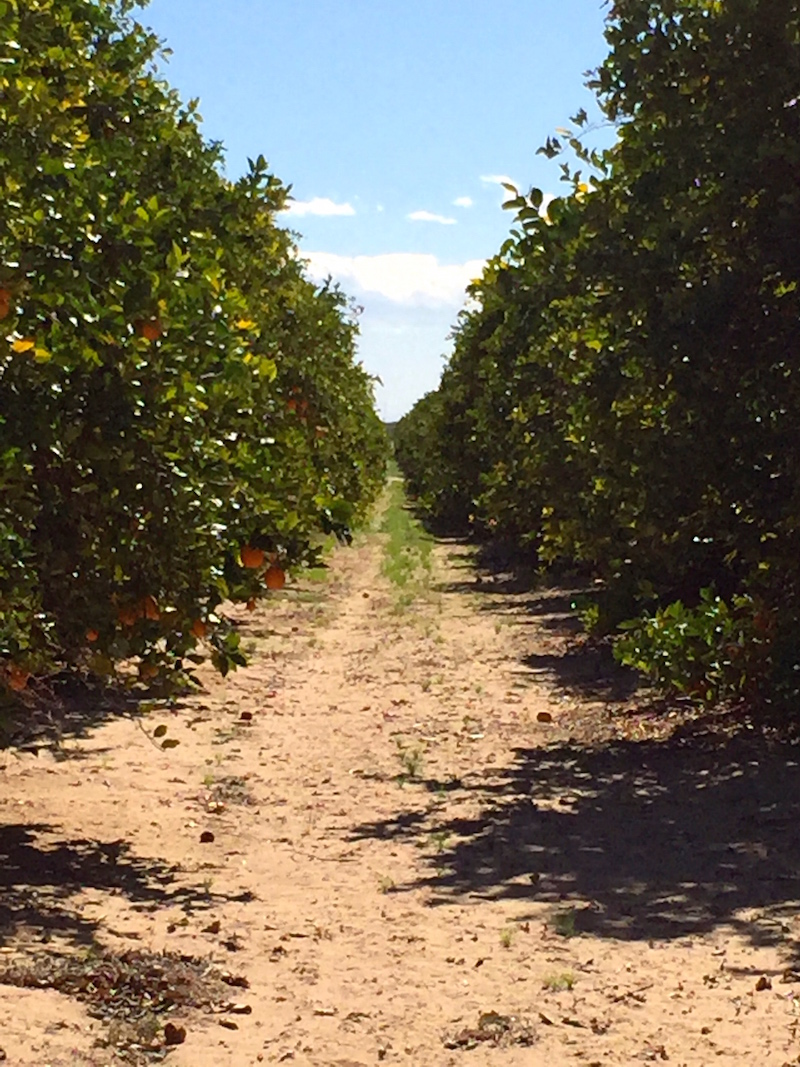
Sea View Ranch grows lemons, oranges, grapefruit, jujubes and more! Generally, most citrus are ready to pick in winter, but the exact month depends on the type of citrus. Unlike other fruits where starches convert to sugar even after harvest, citrus fruits don’t do this. Farmers have to wait until the fruit is completely ripened and at its sweetest before picking. Hence, fruit that stays a little later on the tree, tends to be sweeter.
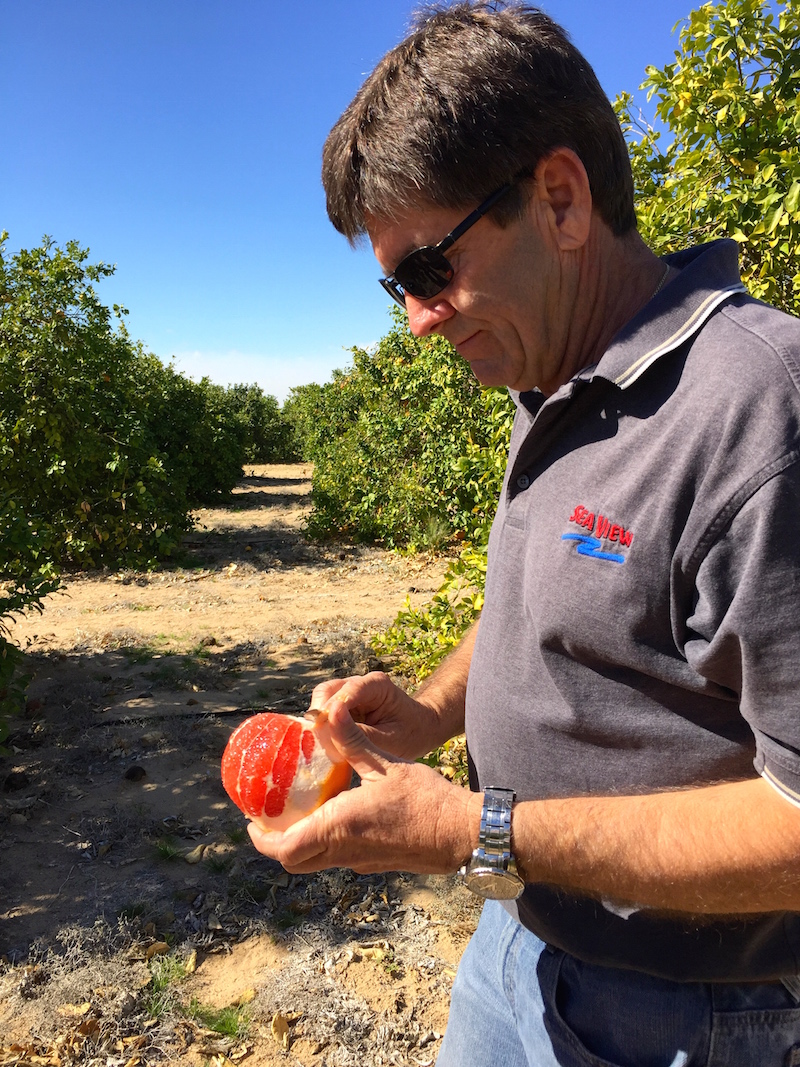
These ruby red grapefruit are a prime example of late-season sweetness! Dennis is an expert at peeling citrus with his pocket knife! He peeled down several delicious samples for us to try.
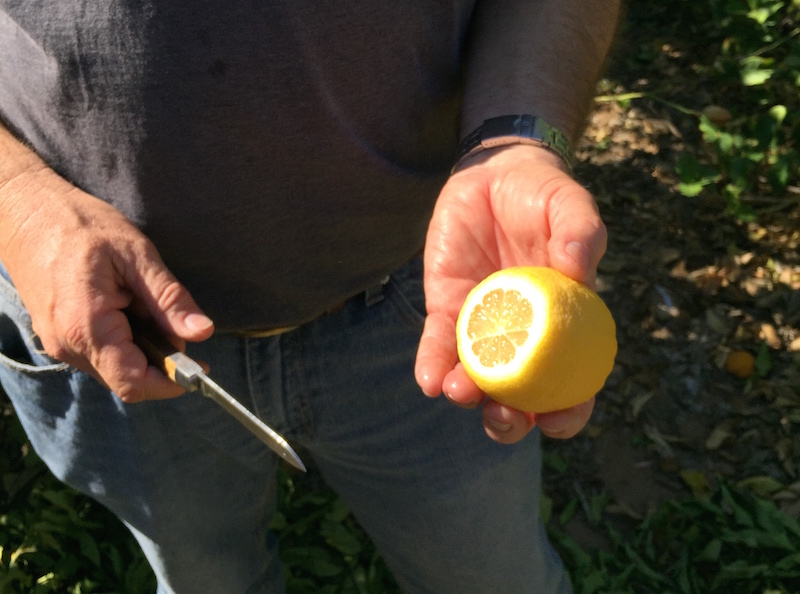
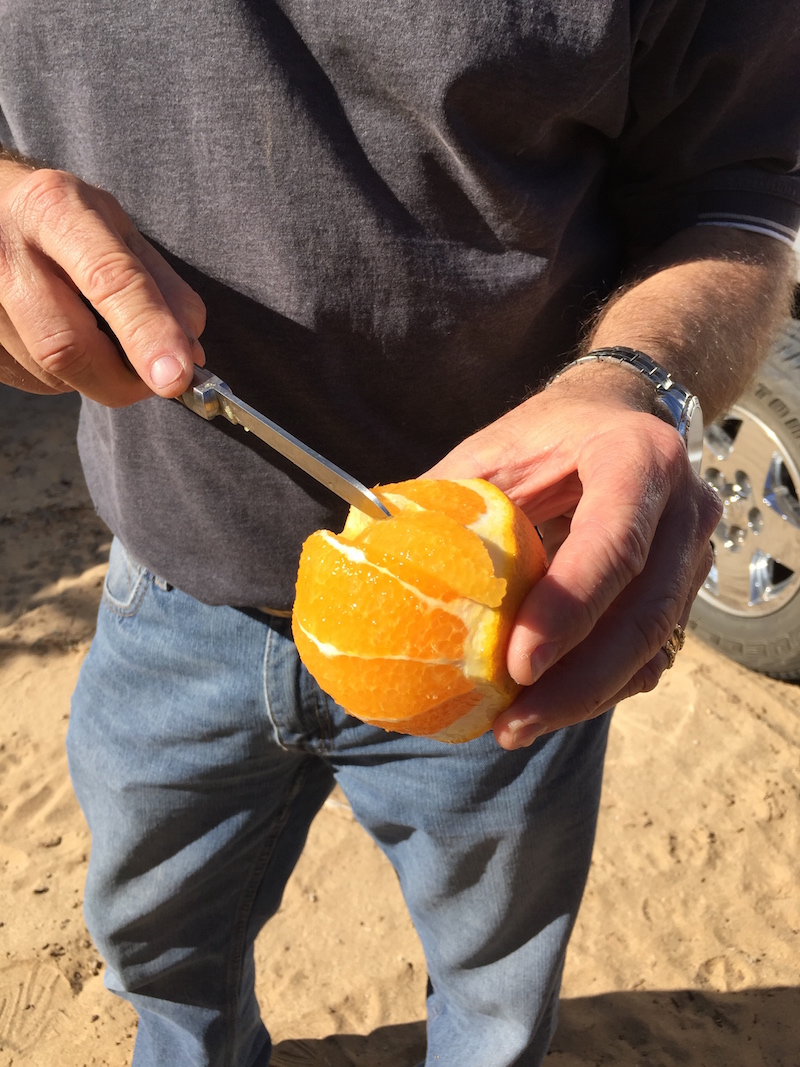
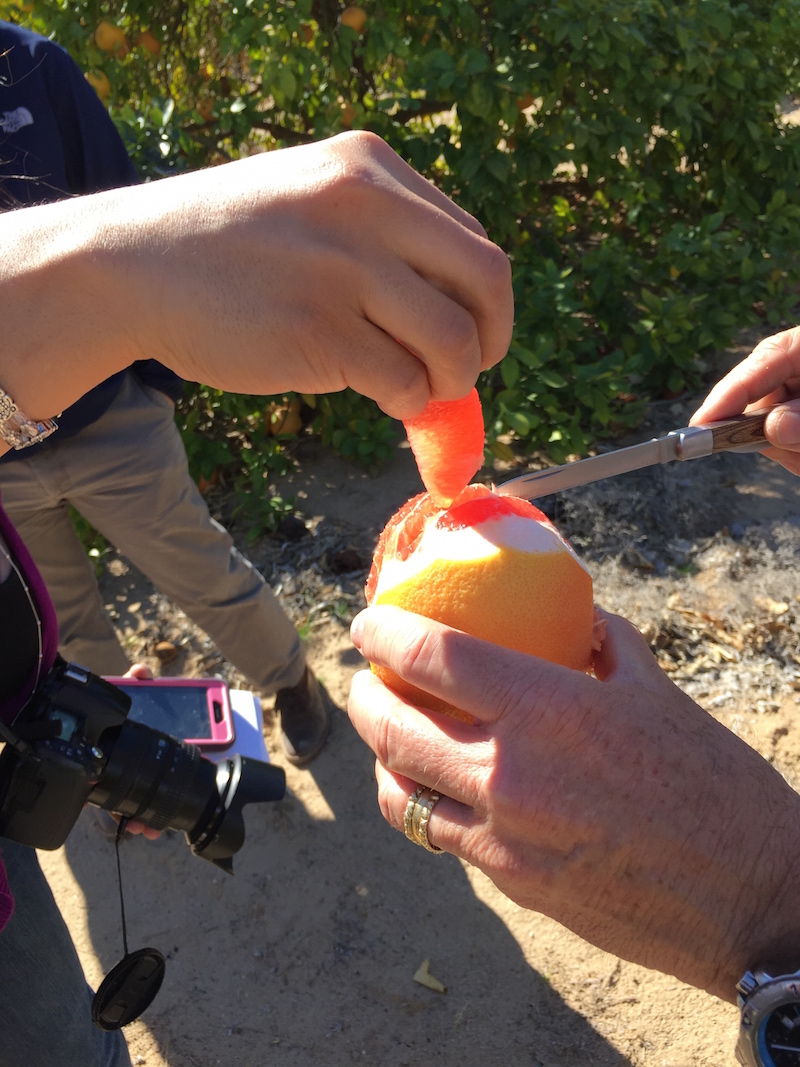
The grapefruit was my favorite! Dennis was generous enough to give us some grapefruit he’d just picked and he let us forage for a few oranges to take home too!
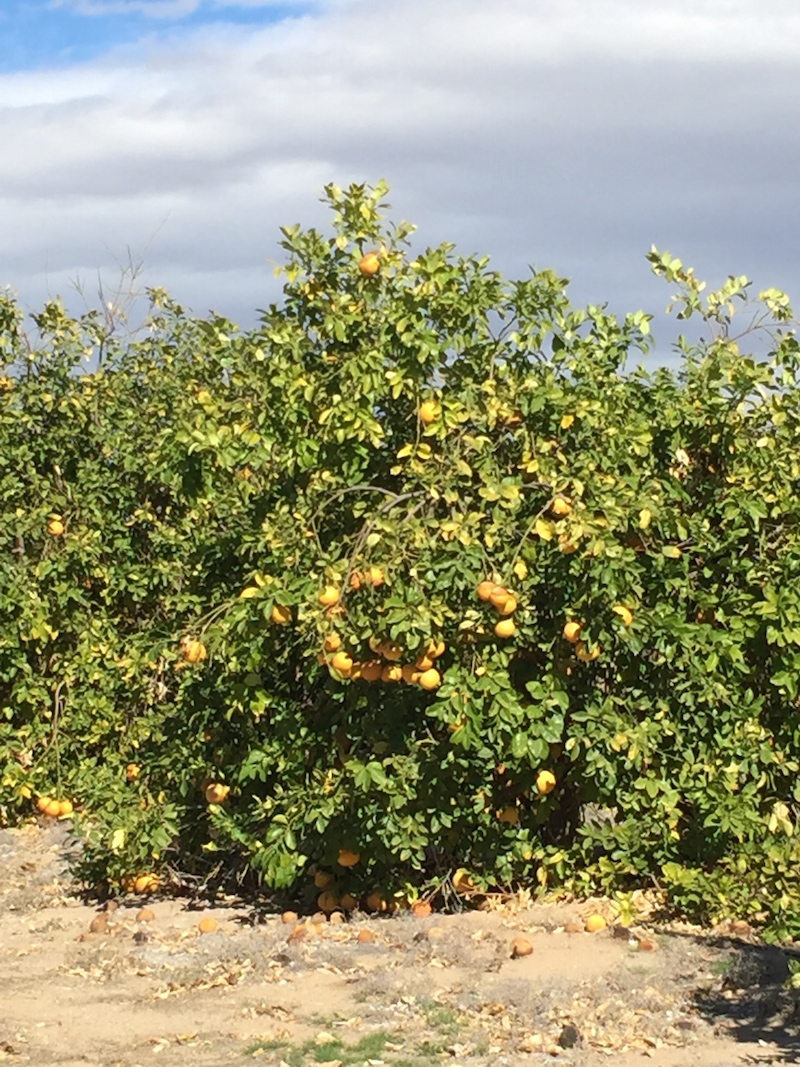
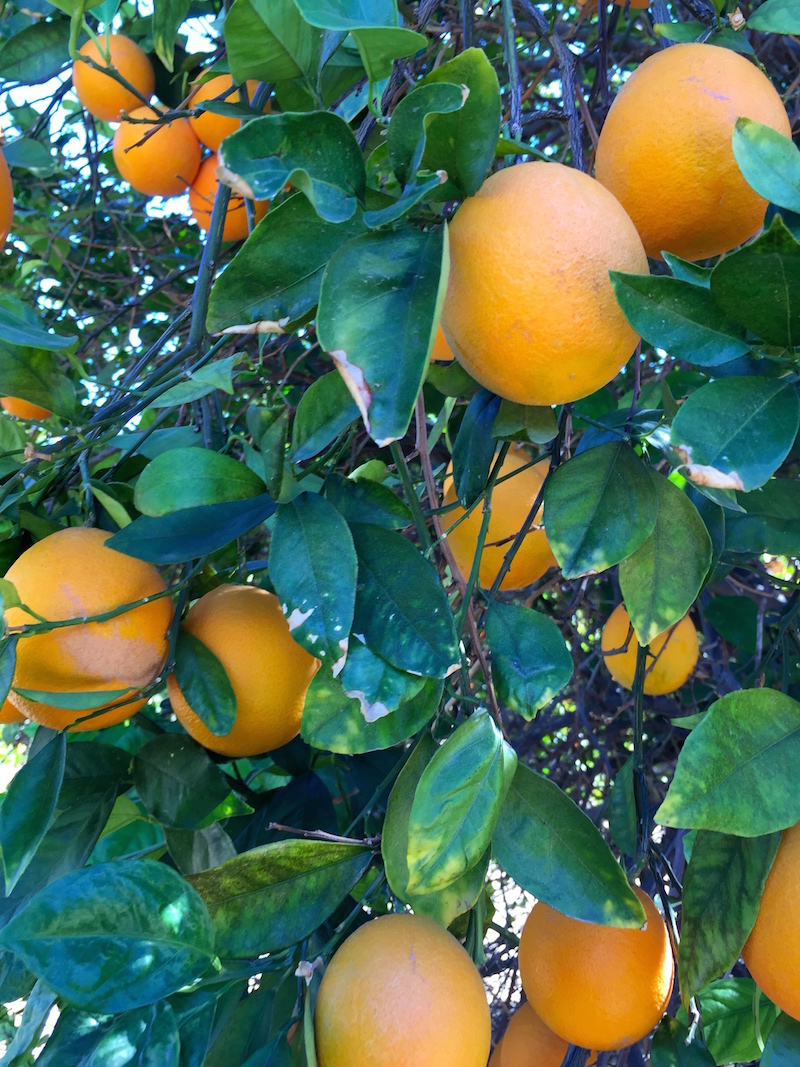
One of the most interesting things I learned while at Sea View Ranch was that snails love oranges! Citrus farmers occasionally have to bring in snail-eating snails (is that gross?) to help get rid of the citrus-eating snails! Who knew! These shells were scattered about near the base of one of the orange trees.
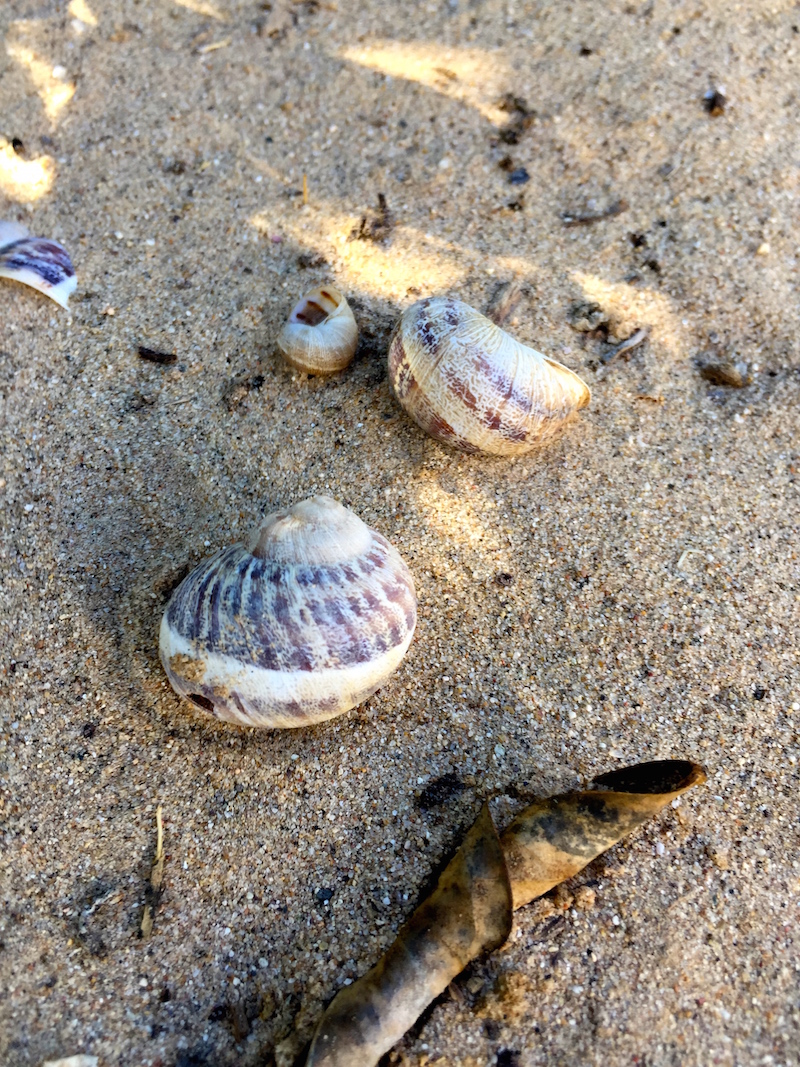
All this citrus takes a lot of water and Dennis built the reservoir that sits on his land. Just like all the other farmers we met, he is very careful with how he utilizes allotment. We were able to see the pump system he uses at Sea View Ranch too.
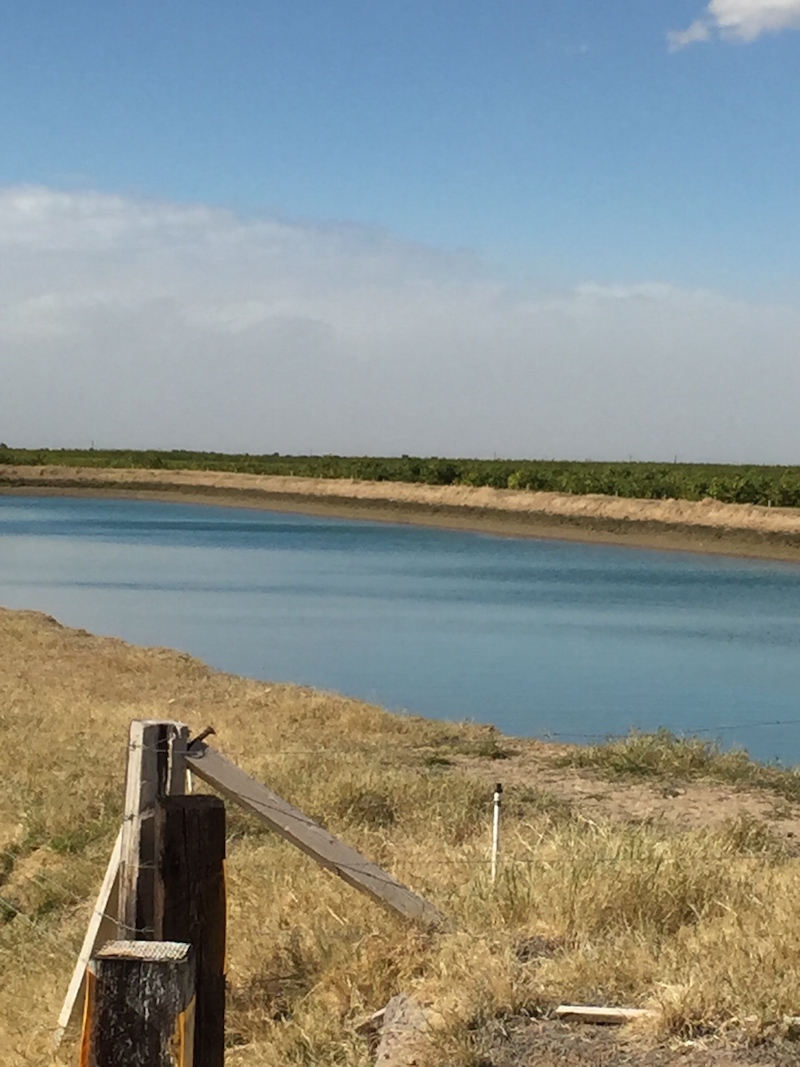
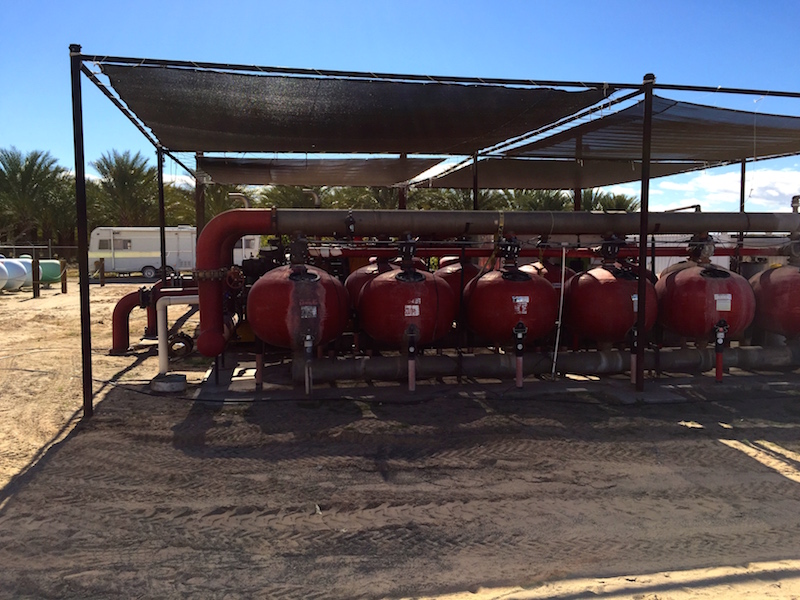
I know I said this earlier, but it bears repeating. This tour really opened my eyes about the importance of water use and agriculture. When there is plenty of water, few people notice, or care, how much of it is used. Even when we know our state is facing another critical year of drought, most people aren’t overly concerned because we don’t realize how deeply it impacts us. Yes, we’re letting our lawns turn brown and facing new city ordinances restricting watering to two days a week, but this is about our food supply. Fruits and vegetables were the focus of this tour, but it takes a lot of water for cattle, goats, chickens and other animals too. Food doesn’t just appear in the grocery store or on our plates at our favorite restaurant. It comes from the 2 percent of the population willing to take the gamble on farming and feeding the rest of us.
Thank you, Farmers!
As we left Sea View Ranch, I felt there was so much I still wanted to learn! The farmers we met were so kind, genuine and exceedingly generous with their time and knowledge. I am so grateful to have been gifted this opportunity, not just to learn, but to share with all of you! My sincere and deepest thanks to our tour guides, Brandon and Lindsay, from the California Farm Water Coalition too! They were both a tremendous source of information and joy!
Next time you’re in the market and you find yourself looking at the produce section, remember the water it takes to grow all the things we need to eat and if you know a farmer, tell them THANK YOU!
I’ve got one more post coming from this tour and it’s going to be all about the food! We drove, we learned, we talked and shared, but we also had some fabulous meals at some amazing places that are also supporting local farmers!
Until next time friends! Be water wise!
If you’d like to read all about the first day of the Farm Tour, please click here: https://myimperfectkitchen.com/imperial-valley-…valley-farm-tour/
For more information about California and it’s Farm Water Supply, please visit The California Farm Water Coalition
On Facebook: https://www.facebook.com/foodgrowswherewaterflows
Twitter: https://twitter.com/farmwater
Pinterest: https://www.pinterest.com/farmwater/
Instagram: https://www.instagram.com/farmwater/


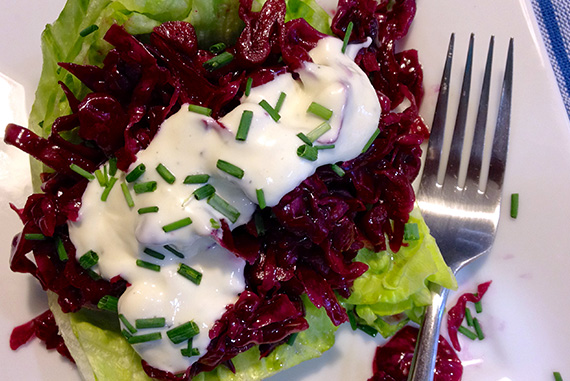

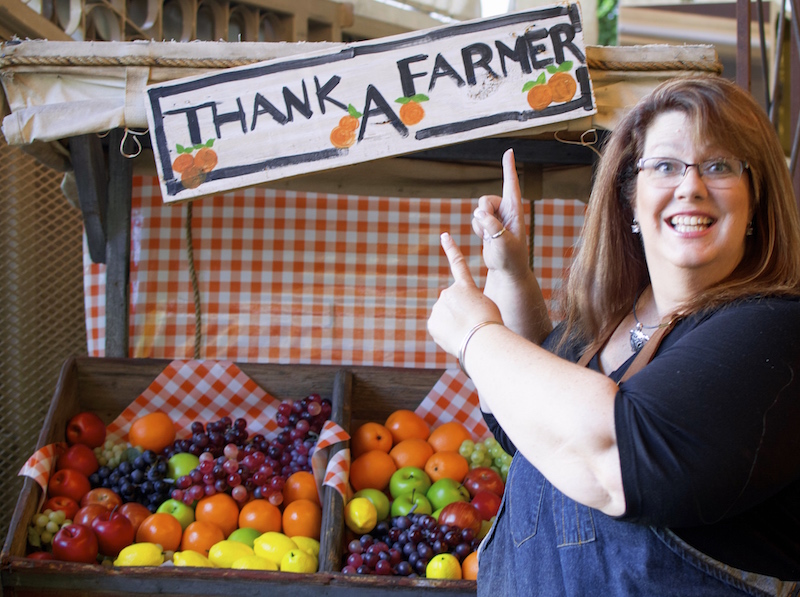










I enjoyed reading this. I too am a huge local farm advocate and enjoy buying products straight from the farm. One farm we have here in SC called SCF Organics has perfected the technique of “dry farming” meaning they don’t irrigate their crops at all. It’s amazing to see and truly fascinating. Take a look: http://www.southernterroir.com/blog/2012/6/27/1-scf-organic-farms.html
Thanks for reading, Mary! Aren’t farmers just amazing? So glad you have local ones to support and encourage!